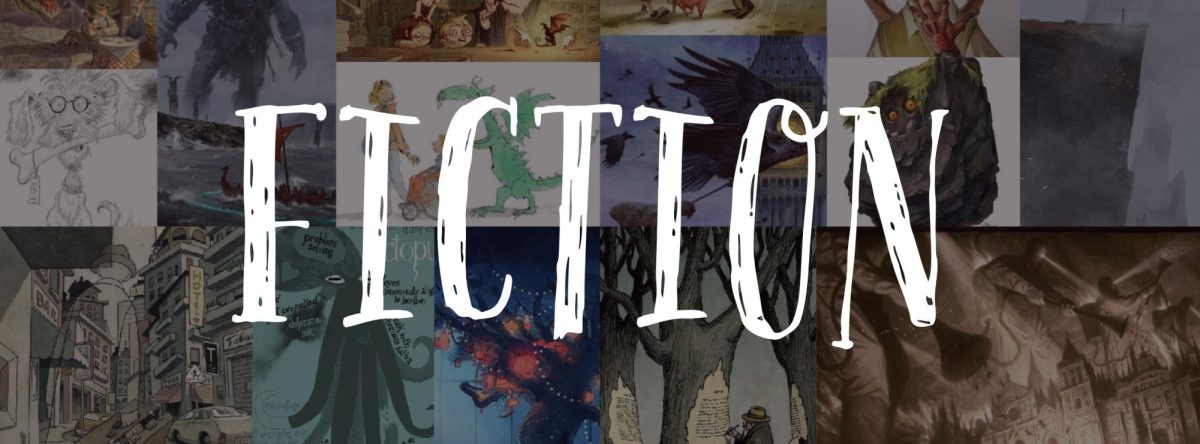What does the cap and gown symbolize?
This is the time of year for buying dresses and shoes for prom, and most importantly for seniors, trying on caps and gowns to get ready for the impending day of graduation. Graduation is coming up closer than we all think, so checking to see if your gown fits and seeing how god-awful the cap is, is mandatory. This leads many, including me, wondering: What’s the point? What does all of this symbolize?
The cap we wear today is called a mortarboard style cap. These were said to be from the 15th century. According to Tara Albi, from Writer Source, the name mortarboard comes from the flat board that bricklayers use to hold mortar. Most think this symbolizes the board of a master worker, such as us, the master scholars. Albi also states in her article that the cap originated from birettas, which were used by Catholic clerics, scholars, and professors. As for the gown, the history is not as well known. Logic would lead one to assume that it was for uniformity and formality, if nothing else.
Although the caps and gowns are uncomfortable, out of style, and too baggy, they are a tradition that isn’t leaving anytime soon. So, ironically, at a time in our lives when we are more than ready to move on and make our own decisions, the wearing of the cap and gown becomes our final act of conformity. As ridiculous as we all may look and feel on graduation day, it really is hard to imagine not wearing them. Plus, at a small school like DCHS, graduation only lasts an hour. I think we can suffer through 60 minutes of a fashion nightmare before throwing up our mortarboards, unzipping our gowns, and saying a final goodbye to DCHS.

Olivia Livingston is a senior at Delphi and is in her first year on the Parnassus staff. She is a swimmer, a reader, and most importantly a writer. In...


















